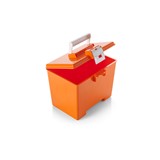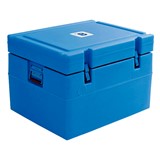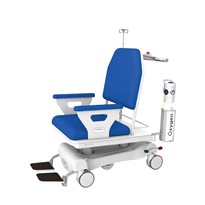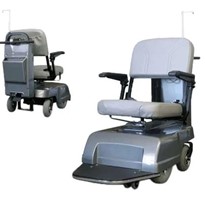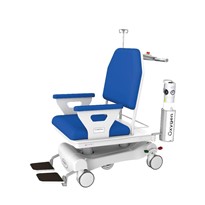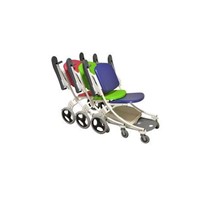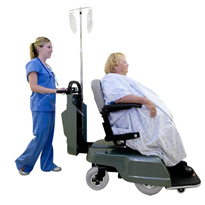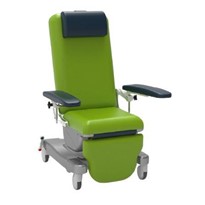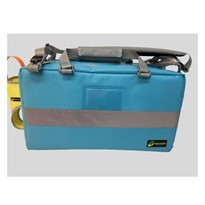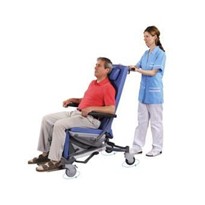Transport chairs are designed to reliably move and support short stay patients throughout the entire healthcare system, by reducing the physical strain on carers and meeting the heavy demands of a high daily patient throughput.
This article aims to cover some of the most common areas where a Transport Chair can be used to improve efficiency in your facility.
How does a transport chair create ease of use for nursing staff?
From the arrival of a patient to a hospital, transport and procedure chairs can begin to play an important role in movement and handling. By saving valuable space and accommodating a higher patient flow, moving the patient quickly to a procedure chair ensures the patient is adequately supported in a unit that will facilitate preliminary examination, emergency medical procedures, treatment and recovery.
While giving a level of short stay comfort for the patient, the healthcare staff have close and fast access to the patient and the ability to easily move between departments across a facility.
How does a transport chair minimise manual handling risks?
The movement of a patient from pre-op through surgery and to recovery can be challenging with space constraints in a busy environment. Procedure chairs are designed to find the best compromise between the patient’s comfort, the ability to transfer the patient with the least staff input possible, the surgeon teams’ best access to the patient, the safe recovery of the patient and the speed or ease of cleaning. Traditionally, patients have moved from pre-op onto a transport stretcher, through the procedure, onto recovery and to a recliner chair. This requires two sometimes three patient transfers with the associated manual handling risks to patient and staff. More assets are required to facilitate this process which requires more cleaning and equipment maintenance.
Where possible, by having just one procedure chair per patient to move through this entire system from pre-op to discharge, efficiency may be streamlined for maximum patient throughput in a range of surgical procedures that are under heavy demand.
How does a transport chair maximise movement?
There are many requirements within the healthcare environment to transfer patients quickly and safely. The compact design of procedure chairs can help with movement throughout doorways, hallways, access ramps, personnel lifts and medical rooms. Large castor sizes and lightweight construction ensures that operators can manoeuvre and transport with ease both in and outside the facility. With adequate comfort and support, patients can be transferred between departments on products that are built to facilitate smooth bed to bed transfer and easy egress.
The right equipment can help to reduce the number of carers and physical effort that is required to move and position patients daily. No matter which make or model your department is already using, if utilised correctly can drum up better efficiency within your facility.







